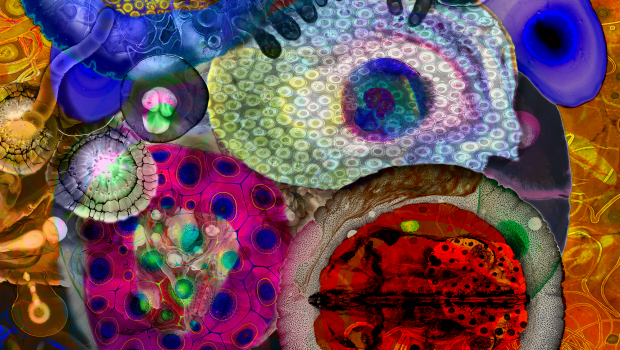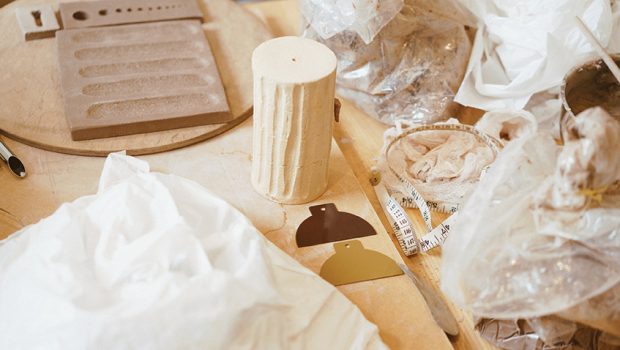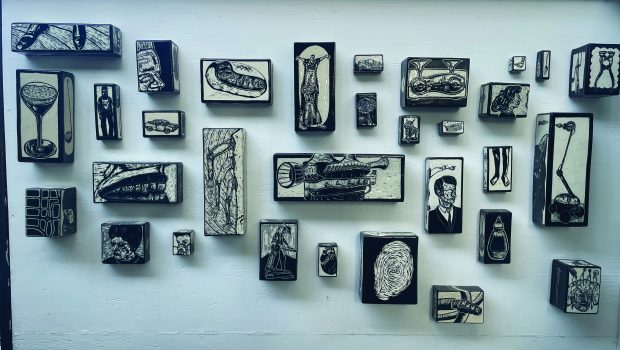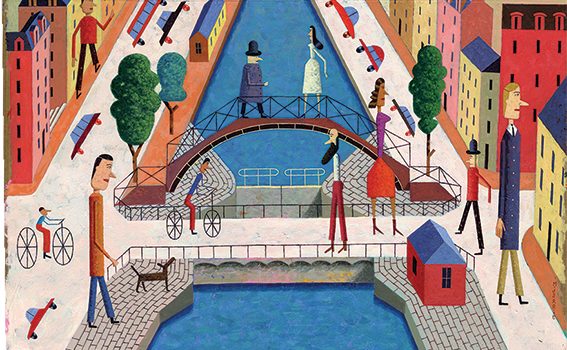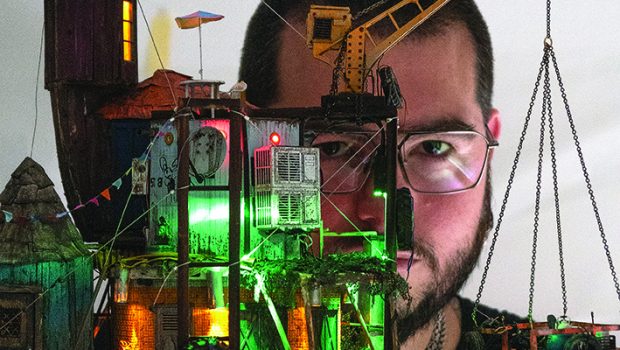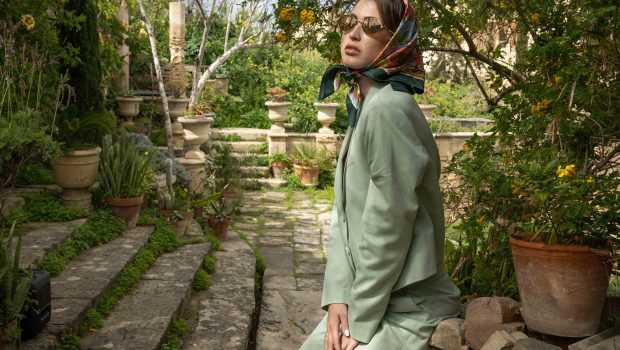Cambodia
Carolin Makus shares her recent experience travelling through Cambodia she describes as “extreme, pragmatic and industrious yet incredibly beautiful and peaceful.”
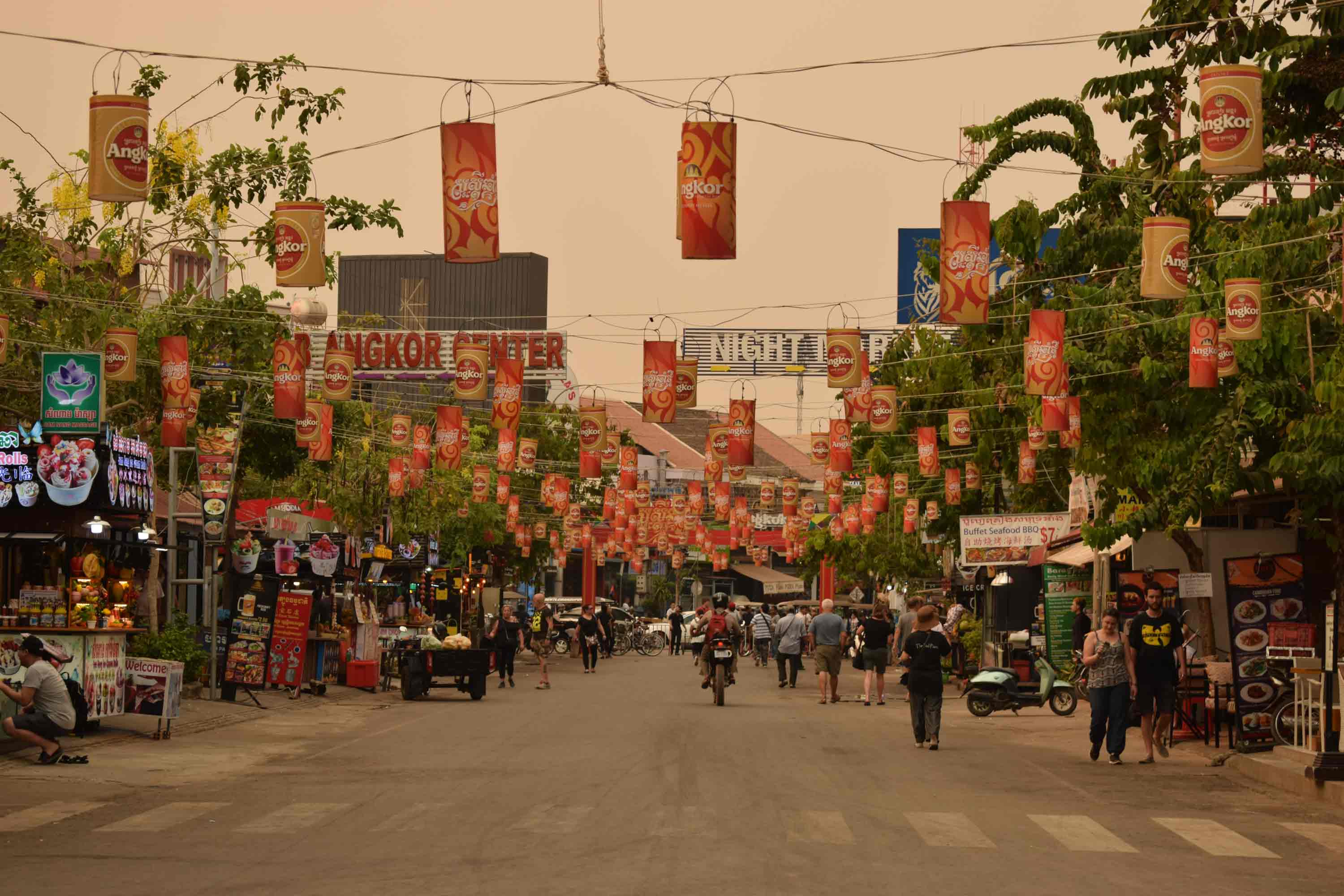
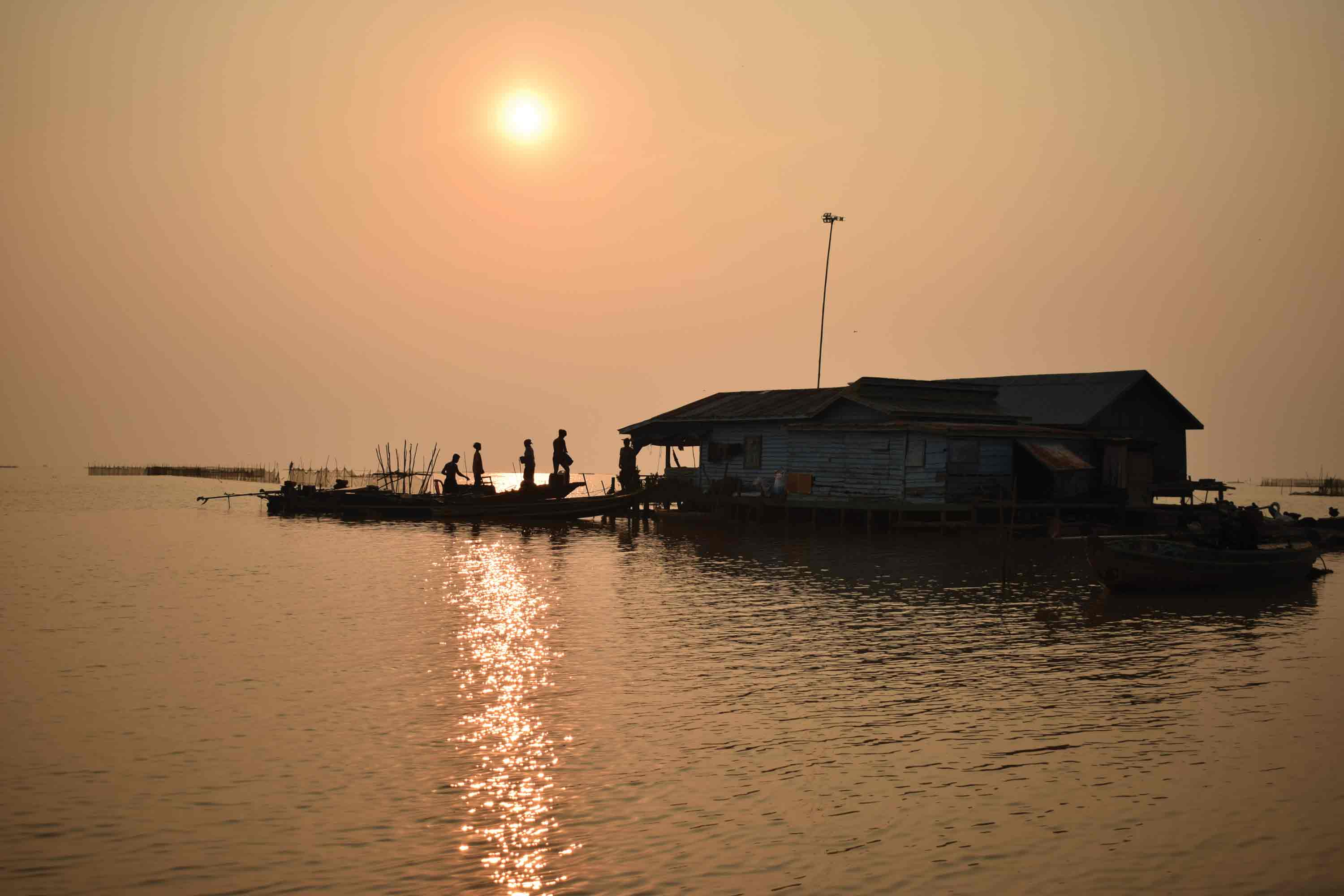
After three weeks on the road, I dare to describe Cambodia as extreme, pragmatic and industrious yet incredibly beautiful and peaceful. It is a country full of contradictions on the verge of becoming the next commercial epicentre.
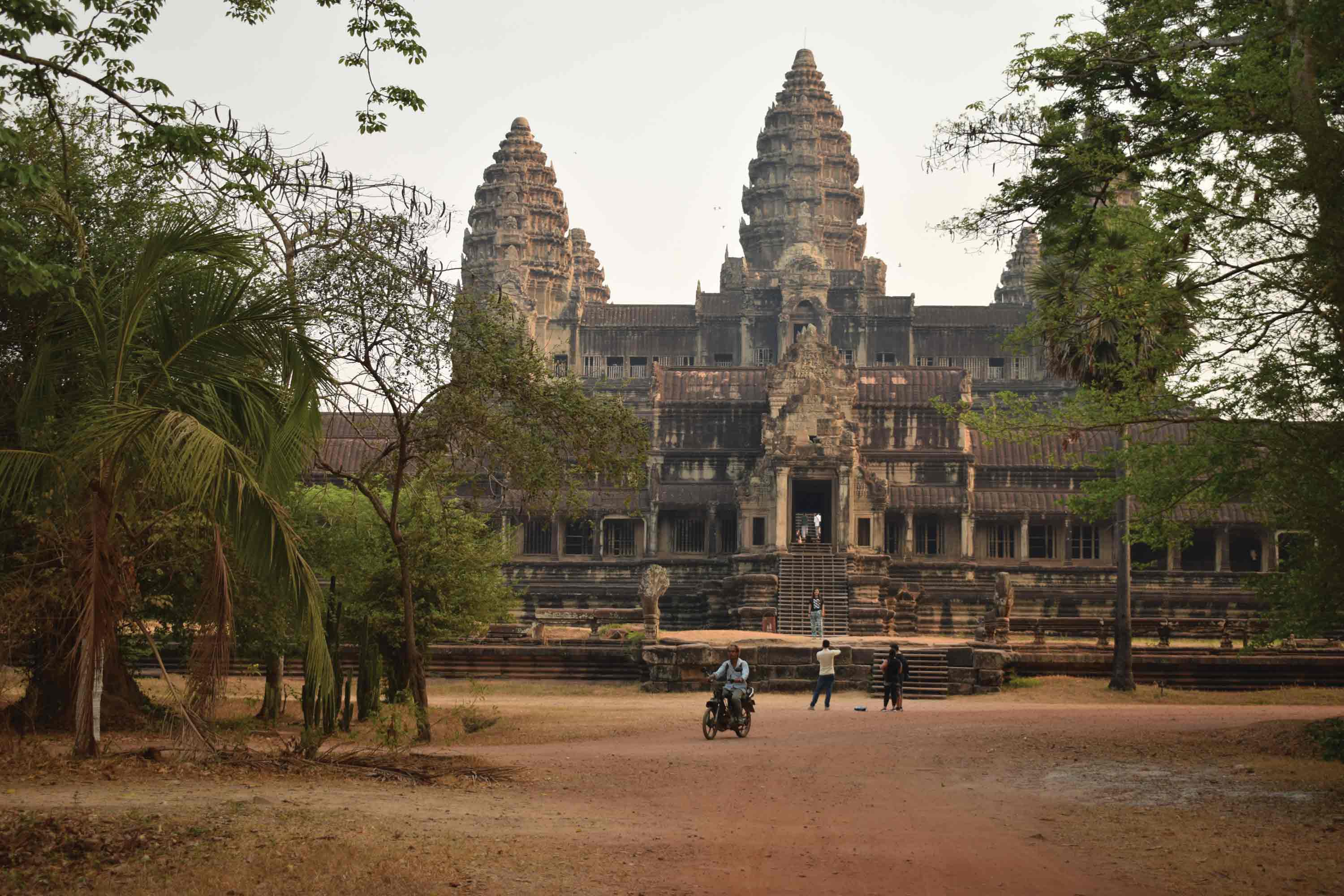
Cambodia’s inhabitants referred to as “Khmer” are so humble and open minded, that it almost breaks your heart to see their country being downright invaded by Chinese investors planting one casino next to another; destroying the picturesque coastline of South-West Cambodia. Where jungles meet beaches and the Indian Ocean, where monks sit in silence and locals go out for a stroll, you will now find a disturbed paradise, a disrupted society.
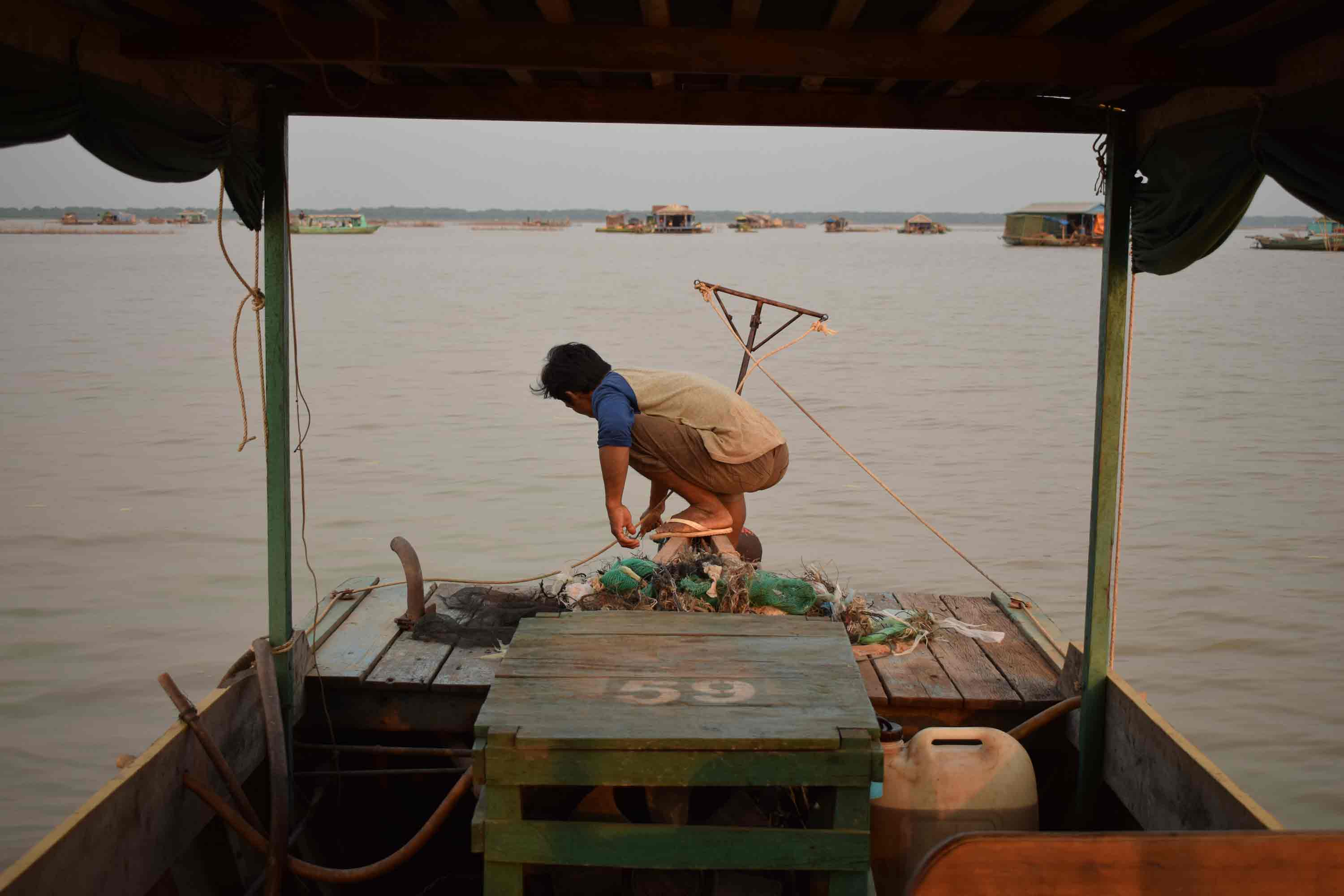
Here, in and around the coastal city Sihanoukville (or: ‘Kampong Som’) the vibes and spirits of the old and new Cambodia are clashing hard. Thick, red dust covers bumpy streets leading downtown, where you find busy local markets next to future high-rise buildings. Sounds of construction work and traffic jams are cutting their way through the heat of late March. In April the temperatures usually climb up to 40 °C (104 °F), marking the hottest month of the year.
Just a stone’s throw away from Sihanoukville, however, you find yourself in between palm trees on long sandy beaches – feeling a soft breeze in your hair, listening to the waves breaking on the shores of Koh Rong Island and its various neighbour islands. On the islands around Sihanoukville, the Khmer themselves seem to embrace the streams of tourists. At least here, the beaches are well taken care of. Even the ones just passing through make an effort to keep the environment clean, as they nibble and nap through their days of vacation.
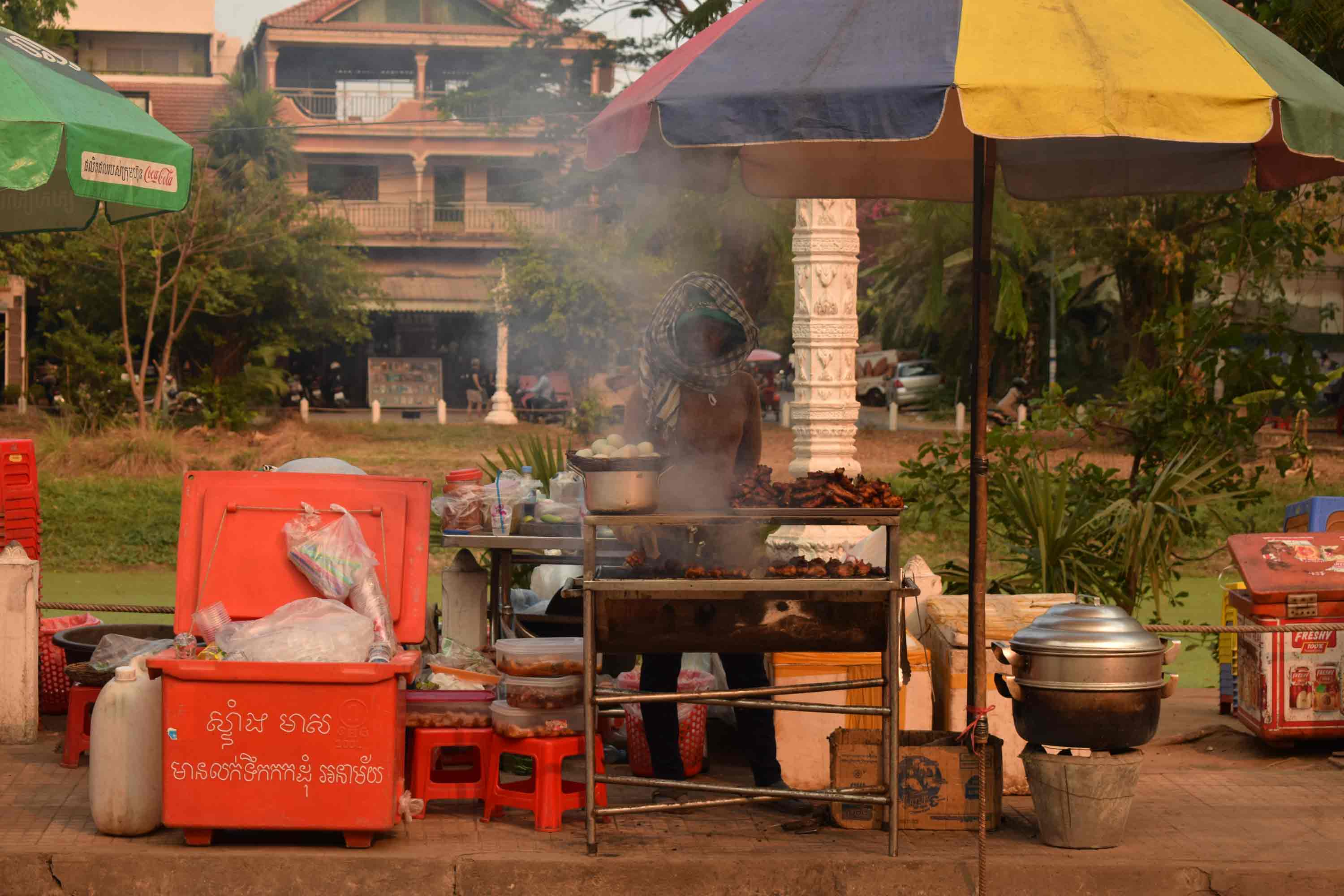
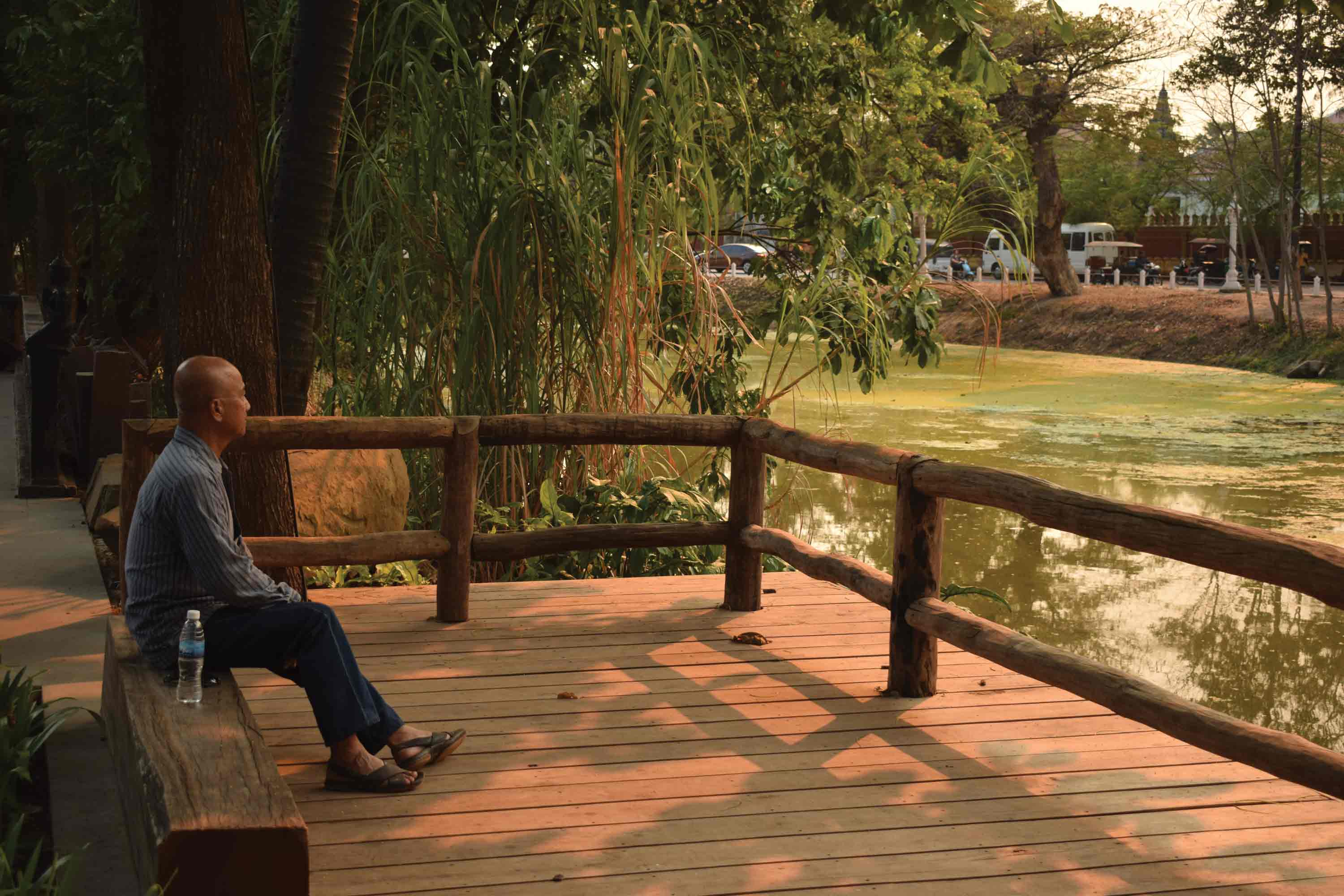
On the other hand, bigger cities across the country like Phnom Penh are covered in trash and the government appears to be well swamped with the challenge to keep the country clean. I cannot help but be reminded of Malta, seeing foreign investors taking over and watching the locals figuring out ways to cope with recent changes and developments.
Phnom Penh is the heart of Cambodia. It’s the capital of the country and crossing it can take hours. So pack a snack, it is pure madness. Pure madness that is somehow mesmerising to watch. You think you have seen it all, until you spot four children on one motorcycle manoeuvring their way through Phnom Penh’s rush hour, u-turning the vehicle while on the phones. Well, you have not. The city is busy, loud, diverse, relatively modern and all in all a very well-orchestrated chaos. That is why a couple days here seem enough to experience the city and to learn about its past, without drowning in the buzz.
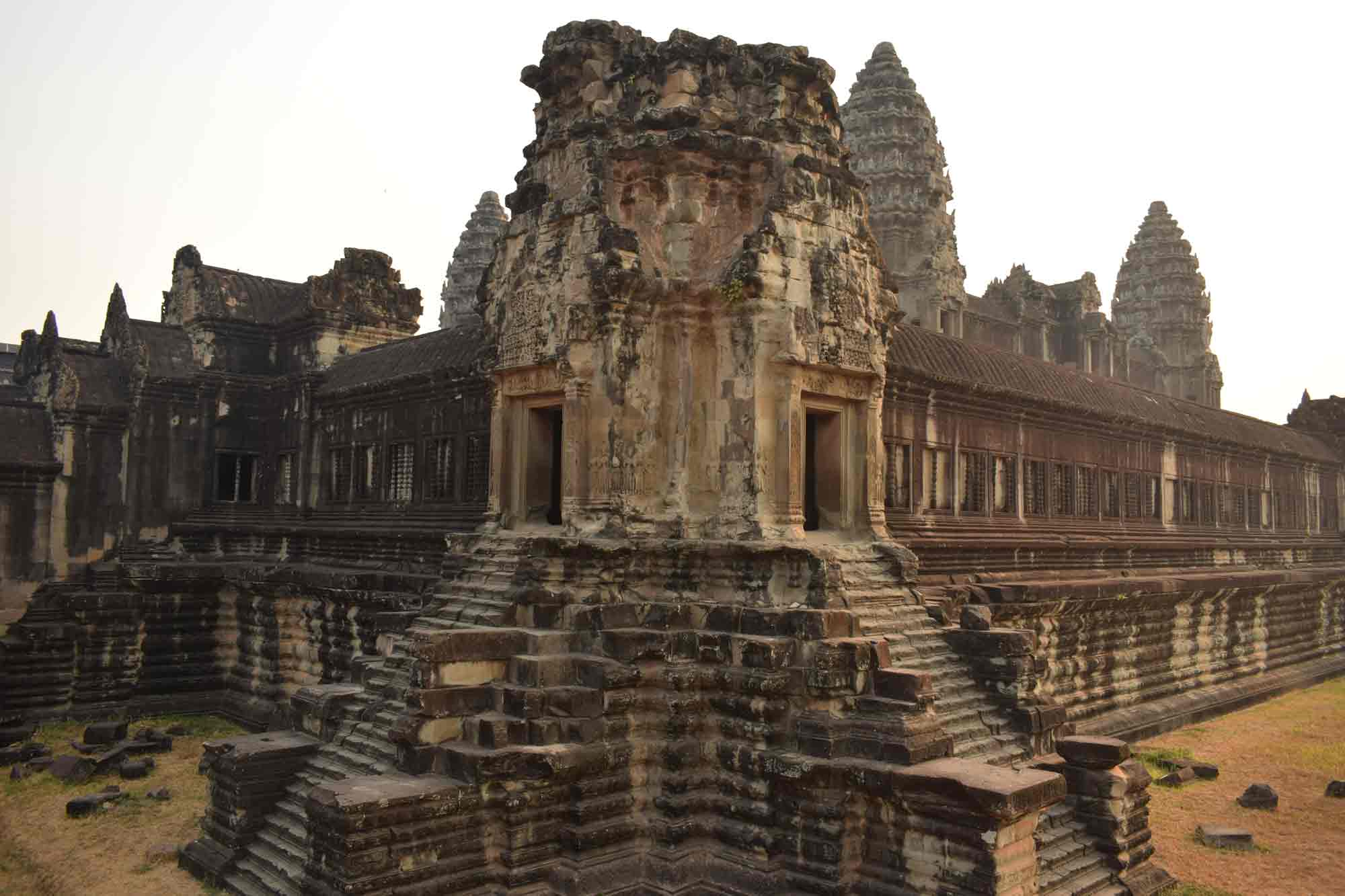
After visiting the memorials and monuments dedicated to the victims of the Khmer Rouge, you will find some peace and quiet in one of the central parks like “Wat Botum.” The Khmer Rouge was a radical regime around the Communist Party of Kampuchea (CPK), responsible for the Cambodian Genocide in the late 70s. You see, it is not that long ago and at the museums you still have the chance to talk to the ones that went through it.
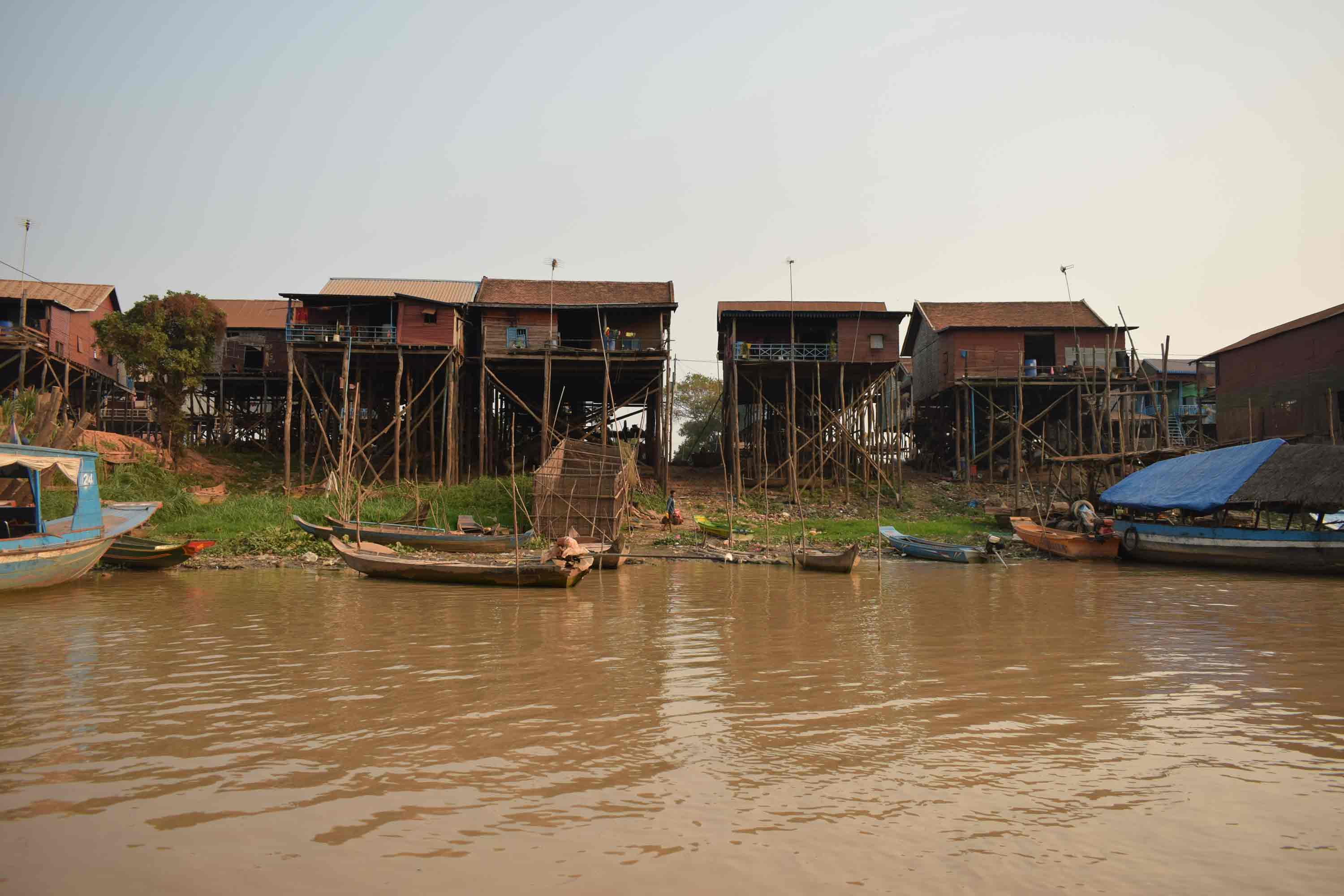
Exploring villages, cities and markets from North to South Cambodia show that the next generation does not lose one minute. They are reshaping the country already. The local and international schools look flawless, neat and well managed. Education and speaking several languages seems to have top priority. I spent many hours on the road and even in the smallest towns in the middle of nowhere I saw groups in their shiny uniforms trotting to school and back, sometimes through impassable terrain or alongside the freeway. A dangerous walk that can take hours.
Different eco-start-up companies and initiatives quite literally dive into the mountains of plastic and waste, usually located in the city’s outskirts. The activists start to recycle what can be recycled and even get the tourists hooked with (mainly) eco-friendly products like wallets made of old banana leaves, laptops cases made of rice bags, impressive woodwork and art.
Especially Siem Reap, in the Northwest, strikes me to be Cambodia’s cultural power-house that takes on the next chapter. With its numerous temples like the famous Angkor Wat, Siem Reap attracts many tourists and therefore many Dollars (or: Khmer Riel). It is modern and pretty clean yet never lost its traditional flair. Locals and foreigners share the busy roads here and, hopefully, show the way into a bright future.
Especially after learning about Cambodia’s dark chapters of the past, I wish the country and their outstanding kind souls fortunate decades of success and may they always treasure the paradise they live in.
Travel Tip: Consider the seasons before traveling. It is warm all year round and seasons are split into rain or dry season. Dry season occurs between November and May with temperatures most bearable from November to February whilst the latter months are rather hot and humid. Rainy season is roughly between June and October, which makes it attractive to benefit from low tourist season, however getting around will present some challenges and flooding is commonplace.


